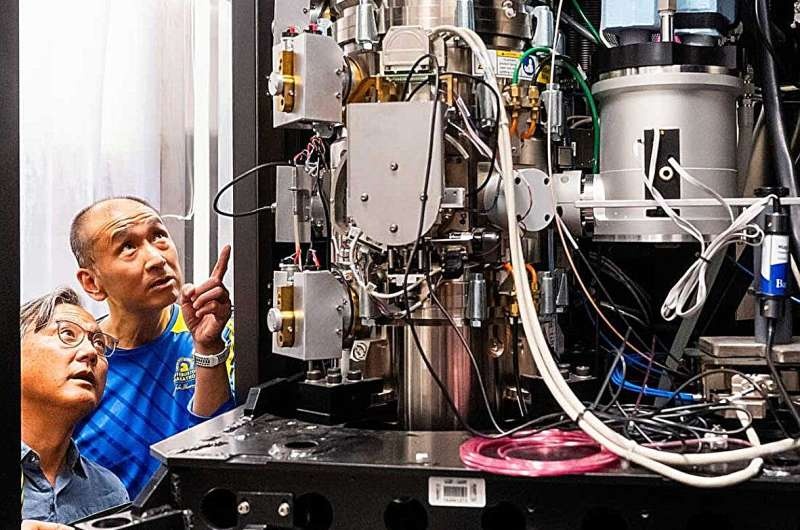Groundbreaking research from UCSF scientists reveals that the signaling protein TGF-Beta is far more versatile than previously thought, shaking and wiggling within its ‘straitjacket’ to activate its receptor and influence a wide range of cellular processes, from embryonic development to cancer.

Challenging Decades-Old Dogma
They believed that a crucial signaling protein called TGF-Beta could only assume its active form after getting out of a ‘lasso-like’ structure, known as the latency-associated protein (LAP) for over two decades. According to this dogma, if TGF-Beta was still stuck with LAP, it would not be able to touch its receptor and switch anything on/off downstream (in short: cell growth or differentiation failure).
But a new study by the UCSF group published in the journal Cell has challenged this notion. In this study that employed cryo-electron microscopy (cryo-EM), the researchers found TGF-Beta to be vastly more dynamic than was believed earlier. Even though trapped in its ‘straitjacket’, the protein is still able to reach out with ‘fingers’ and activate its partner receptor, the scientists discovered –a finding that upends conventional wisdom on how this essential signaling pathway works.
The Power of Flexibility
Rather than simply flipping back and forth between two very different forms – either bound within LAP or released to drift off into the gel and stimulate its receptor, the UCSF scientists discovered that TGF-Beta is constantly passing back and forth through many “intermediate” conformations. Rather, this protein is exquisitely flexible and performs dances that allow it to do what it needs within its straight jacket.
But a seemingly modest discovery into the fluidity of TGF-Beta may have far-reaching effects on many types of treatments, from cancer therapy to everything else regulated by this molecular workhorse. For example, the results suggest that checkpoint inhibitors, a popular type of cancer therapy, may be impeded through this unexpected flexibility of TGF-Beta.
The findings could, in addition help to fill out the workings of other less well-understood cellular communication mechanisms since, according to the researchers this discovery of ‘fluid motions’ in key signaling proteins is brand-new. The scientists were able to provide a more detailed, dynamic view of TGF-Beta in action by concentrating on the “fuzziest” parts of the cryo-EM data because these are typically left out.
Conclusion
UCSF researchers’ discovery and visualization of the signal-transducing protein TGF-Beta in cells revolutionizes current view on cell signals This study demonstrates that even in its ‘straitjacketed’ form, CI-M6PR can signal effectively via recruiting an adapter protein to the receptor’s juxtamembrane region and uncovers a feature of the CI-M6PR, previously not reported for any other TNFR family member, i.e. high agonistic activity when used as a cell surface receptor prior to release from cis-inhibition by addition of antagonist antibodies. They propose that these findings “could serve as a catalyst to reorient the way molecular signals of developmental importance are probed in the future, revealing still deeper and unexpected insights,” which sounds pretty exciting.
